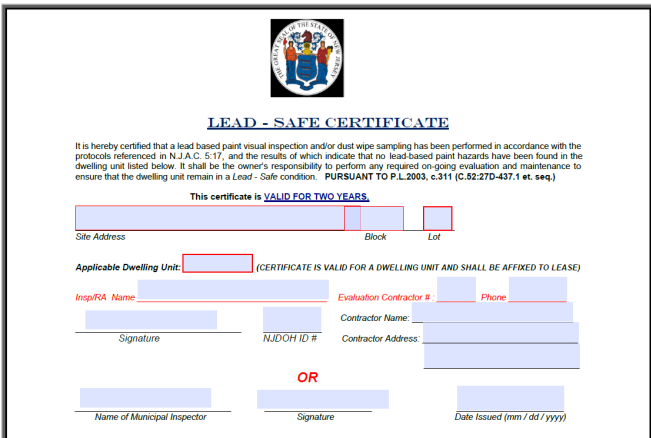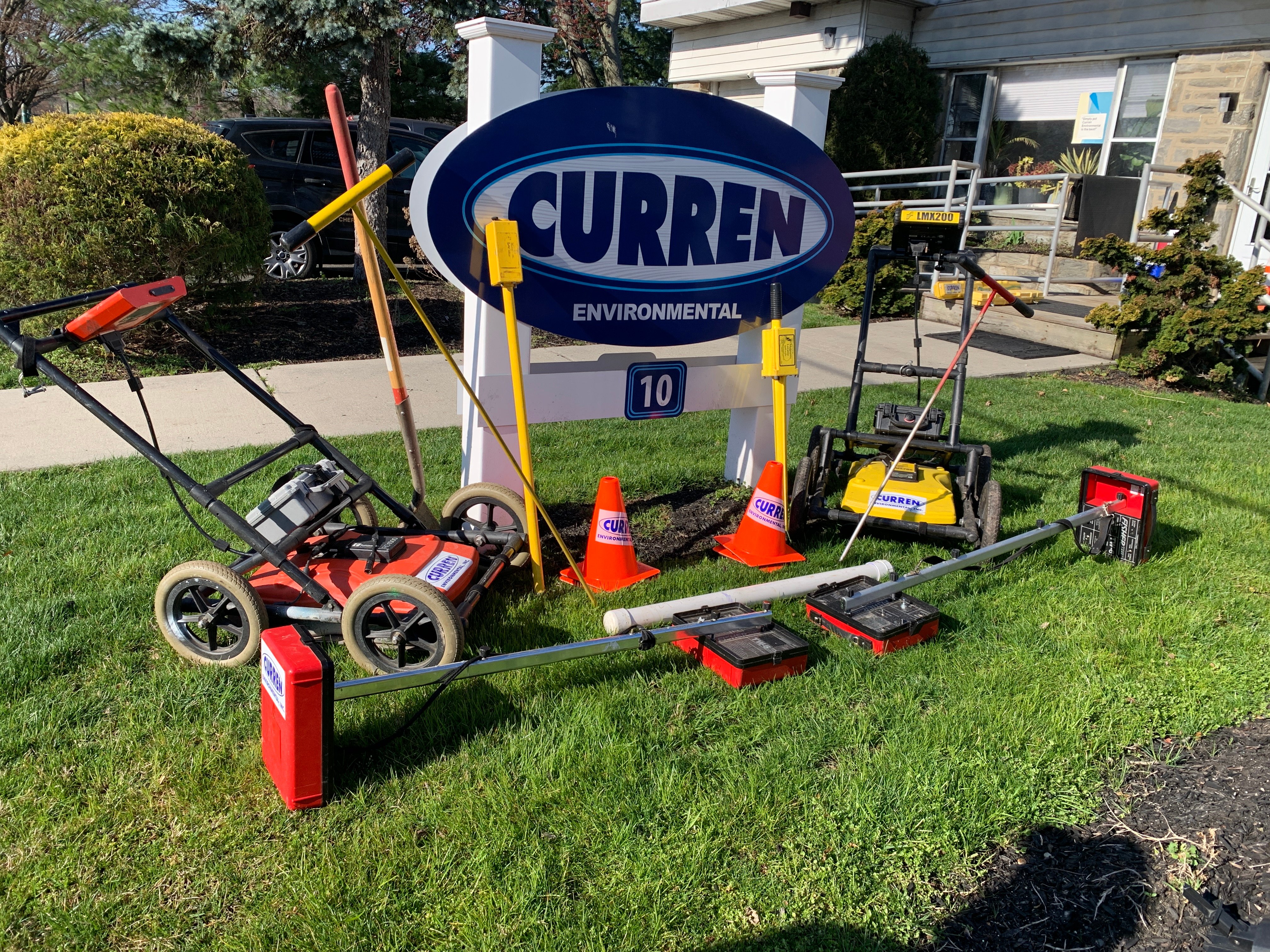Where do you find lead in a home?
It is found in the air (briefly), soil (brought in from outside), dust (the rubbing of painted surfaces generates dust that can contain lead), and the paint (typically beneath newer coats of latex paint, that will chip off or lose adhesion from the building material substrate) of some homes or buildings built before 1978 (Lead paint was banned by the Consumer Product Safety Commission in 1978). It has been well-established that exposure to lead can cause serious health problems.
What are popular times when lead paint was used?
Lead in paint was popularized during colonial times for use in interiors and exteriors of homes, due to its durability.
Why was lead even added to paint and stains?
Think about painting, do you want the paint or stain to dry fast, so you can add a second coat or just to put stuff back in the room? Do you want the paint or stain to be water resistant so if you leave a window open and water hits the window well or sill it resists water damage? Do you want the surface to be durable and wear like iron, ahem lead. How about making the surfaces washable? All these desirable features were obtained when you added lead to paint and stain.
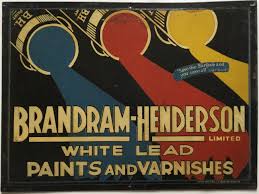
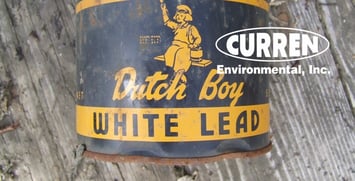
What is the most common lead exposure to humans?
Lead dust is the most common way that people are exposed to lead. Inside the home, most lead dust comes from chipping and flaking paint or when paint is scraped, sanded, or disturbed during home remodeling. Chipping and peeling paint are found mostly on surfaces that rub or bump up against another surface.
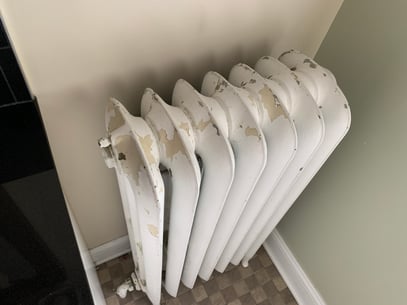
Which route of exposure is the most common for lead?
Lead exposure in humans and most importantly in children occurs primarily through ingestion. On a normal day dust can be generated by rubbing of leaned coated surfaces, such as doors, windows, and floors (yes lead was used in stains and the friction on floors wears them down and generates dust). This dust can enter your body by touching it and hand-to-mouth activity.
Young children crawling on the floor and playing on the floor are exposed to the dust making it the most common route of exposure. Lead also has a sweet taste so hand to mouth activity of young children is increased due to the flavor profile. Adults are less likely to be crawling on the floor or chewing on paint chips, but if the dust is airborne from cleaning, lead can be inhaled. If dust is on an adult's hand and hand-to-mouth action incurs lead can be ingested. Renovation of buildings that contain lead, including component removal and replacement, sanding for painting, demolition, etc. will generate dust that can be inhaled or ingested.
Where is lead hiding?
It can be found in dirt and dust, some things we eat, paint in old houses, and contaminated water. Even very small amounts of lead are not safe for children. Lead poisoning occurs when lead builds up in the body, often over months or years. Even small amounts of lead can cause serious health problems.
Should I have a lead paint inspection performed?
You have to ask yourself if you know where lead is or isn't how is that information going to be used?
A lead paint inspection would tell you where lead is or isn't. Any construction, repair, or renovation work can disturb lead paint and produce lead dust. Lead dust inhaled or ingested has well-documented health effects in humans and children in particular. So knowing where lead is when disturbing building materials has huge value.
How do you remove lead dust from a house?
You can use a special vacuum cleaner called a High-Efficiency Particulate Air Filter (HEPA) vacuum to clean up lead dust. The HEPA vacuum has a special filter that can pick up and hold small pieces of lead. Another option is to use a wet/dry vacuum in the wet setting to clean up the wash or rinse water.
Lead Questions? Call the Experts
856-858-9509
What houses have lead poisoning?
Any house or apartment built before 1978 could have lead paint. Houses and apartments built before 1960 have the most lead paint. Common household repairs (like painting or fixing a door that sticks to the doorframe) can produce lead dust or paint chips. This dust and paint chips can contain lead.
Do all homes built before 1978 have lead?
In the environmental industry, you presume it is present until proven otherwise, so the answer is you presume it to be present. That said although the paint was banned lead paint still existed and may be brought to a home built in 1979 from a home built before 1978. You may also have an heirloom piece (an old fixture of some sort from a pore 1978 home installed in your post-1978 home that has lead paint or varnish. Think doors, old windows, corner cabinets, mantels, etc..
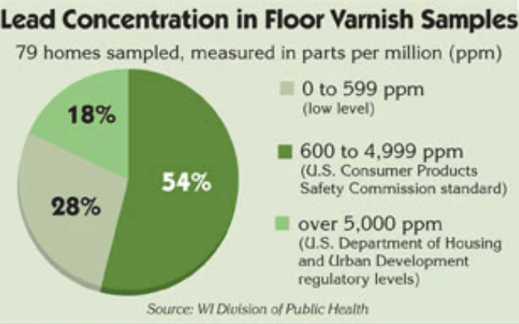
I gutted my house, how can it still have lead?
As you scrape, drill, cut, open walls, remove trim, demolish, or perform other renovation activities, you create dust that may contain lead and may remain in the dwelling. Think about lead touching every surface (lead paint on wood, plaster, stairs, etc.), and lead stain or varnish on floors, stairs, and doors. Now think, did you remove all these surfaces? Did you gut the closets, and replace the stairs, including your painted basement stairs? How about painted surfaces in the basement? Basement walls, stairs, ceiling, windows, are they painted with lead paint?
The timeline below shows how popular lead paint was in the United States. Clearly, as you approach 1978 lead usage decreased.
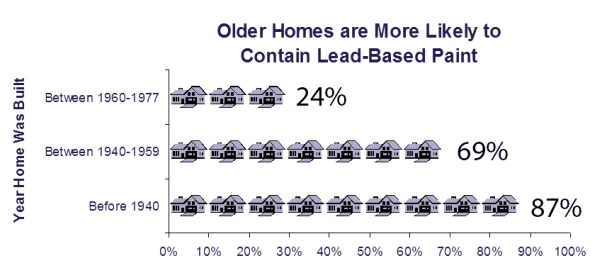
Lead Questions? Call the Experts
856-858-9509







